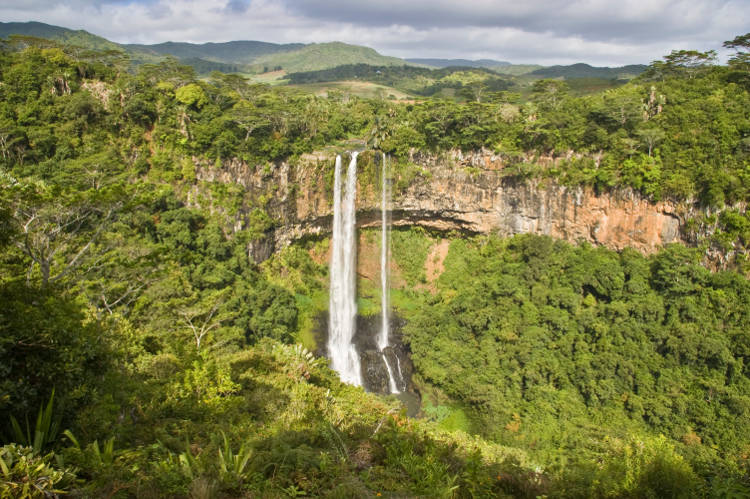
You needn’t look further than Black River Gorges if you are raring to explore. The country’s largest national park covers roughly 2% of the island and is home to waterfalls and a variety of wildlife, including some of Mauritius’ most endangered species. Hikers in the park may be treated to a glimpse of the rare pink pigeon or echo parakeet, as well as deer, wild boar and cheeky macaques. Most trails can be completed in three to four hours – staff at the park’s two visitors centres will be able to advise you on which to choose. Pick up a map or consider hiring a guide for insider tips and tales about the area.
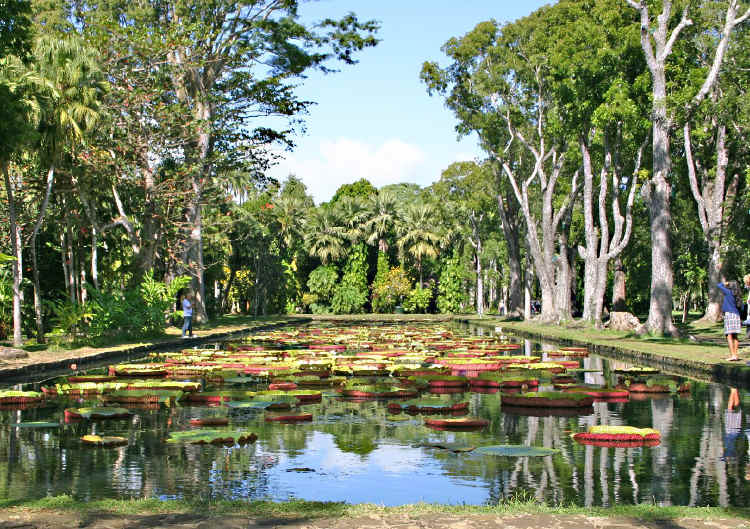
A short drive northeast from the capital takes you to Sir Seewoosagur Ramgoolam Botanical Garden, also known as Pamplemousses Botanical Garden. Constructed in 1770, this 62,040 acre expanse of land is the oldest botanical garden in the southern hemisphere, and hosts myriad indigenous and exotic flora such as giant lilly pads, lotus flowers and frangipani. However, visitors expecting a visual feast of floral colour be warned: the predominate feature of the garden is its array of endemic and non-native palm trees. Hire a local guide at the entrance for a mere 50 rupees – they will help you to distinguish between the species (making it far more interesting), as well as test your ability to identify a variety of spices and scents. If you’re lucky, the guide will introduce you to the eerily enchanting blood tree. There are no food or drink outlets within the garden – vendors sell water and snacks in the car park at the entrance.
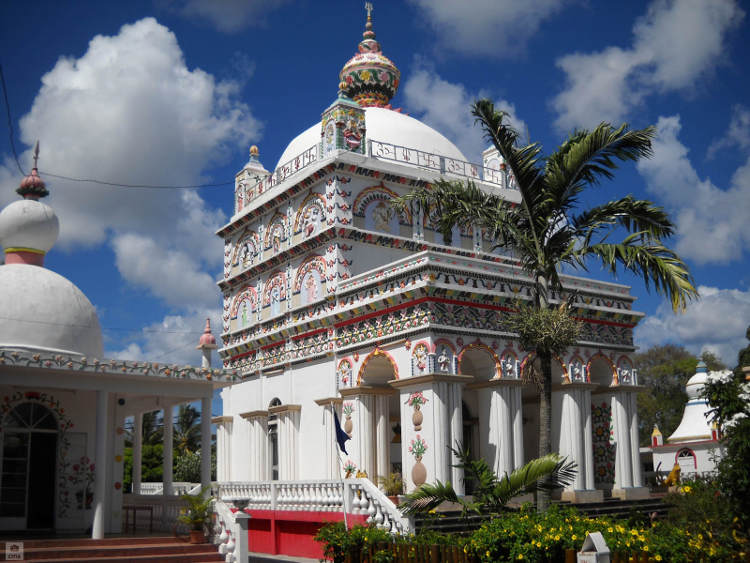
Mauritius seems to have achieved the kind of multicultural harmony that many nations can only hope for: tolerant and accepting, whilst preserving a palpable air of spirituality. Temples, mosques and churches are scattered across the island, from grand old buildings to rudimentary shrines on the roadside. Mauritius is home to the third largest percentage of Hindus in the world after India and Nepal, and the religion is practiced by almost half of the Mauritian population. Christianity, Islam and Buddhism follow in numbers of followers, respectively. After a morning lounging on the white sands of Trou aux Biches, take a short walk inland to Maheswarnath Temple on the north side of Triolet village (near the bus depot). It is Mauritius’ largest Hindu temple, comprising a cluster of white-washed buildings, each dedicated to a different god. Usual temple etiquette applies (bare feet and modest clothing), but don’t be afraid to interact with the locals – a simple smile may be returned with a story about Shiva or invitation to make an offering.
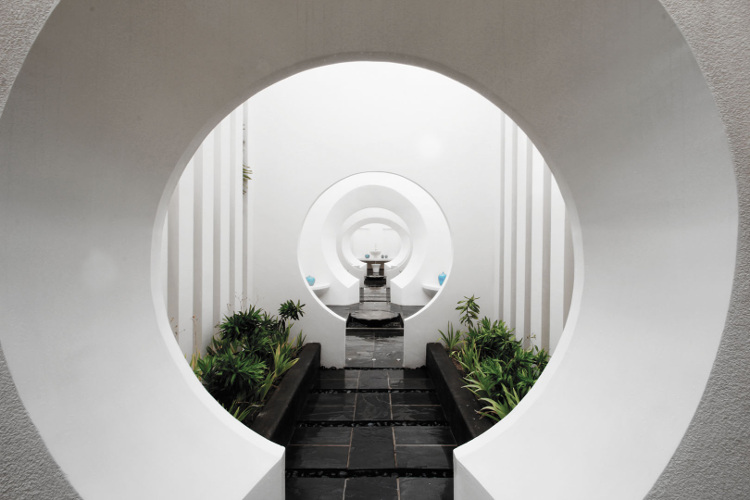
If copious amounts of rum and endless Chinese and Indian buffets have left you feeling bloated and sluggish, it’s time to stretch out and rejuvenate your body and mind at a yoga class. There are numerous hatha yoga studios around the island, and most hotels include classes as part of their activity schedule. For something a little different, you could even take part in laughter therapy at Veranda Pointe aux Biches, although you may find your spectators at the bar are laughing a little harder than you. To reward your efforts, treat yourself to a massage tailored to your specific preferences at one of six Seven Colours (sevencoloursspa.com) spas on the coast. Everything from the fragrance to the mood lighting is chosen by you, in accordance with the needs of your chakras. Depending on availability, beachfront massage beds allow you to ease into blissful relaxation to the sound of the ocean.
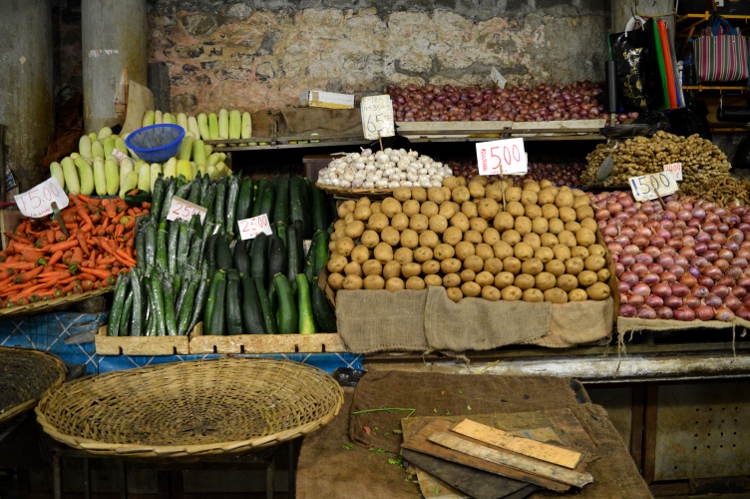
Head to the central market of the capital Port Louis extra early to catch traders preparing for their day’s graft. Grab a breakfast of French pastries or spicy dahl puri, which you can eat standing alongside the local businessmen who've paused for a bite on their way to work, before exploring the ornate – if a little dingy – Victorian halls. They are crammed with a rainbow of locally-grown produce, ranging from towering mountains of greens to piles of small, prickly Victoria pineapples, not to mention slabs of meat and miscellaneous animal parts – it's easy to spend an hour or two wandering here. Once you've had your fill in the halls enter the narrow lanes where wrinkle-faced men sell cheap incense and imported trinkets (it's worthwhile to request permission from stall holders before taking photos).
Taking a local cooking class is the best way to ensure the piquant flavours of Mauritian cuisine – a highlight of many a visit – follow you home (it certainly beats scribbling the name of last night's meal on the back of a napkin). At Shanti Maurice resort (shantimaurice.com) you can literally dine in a grandma’s kitchen, learning about Mauritian ingredients and recipes from the accommodating grandmother of one of the hotel’s team members.
Emma Sparks is Lonely Planet’s Social Media Coordinator in London. She tweets @Emma_Sparks and blogs at Sparky Sees the World. Emma travelled to Mauritius with support from the Veranda Resorts (veranda-resorts.com) and White Sand Tours (whitesandtours.com). When Lonely Planet contributors receive assistance from travel providers such as tourist boards, airlines, and so on to conduct first-hand research, we retain our editorial independence at all times, and never accept anything in return for positive coverage.